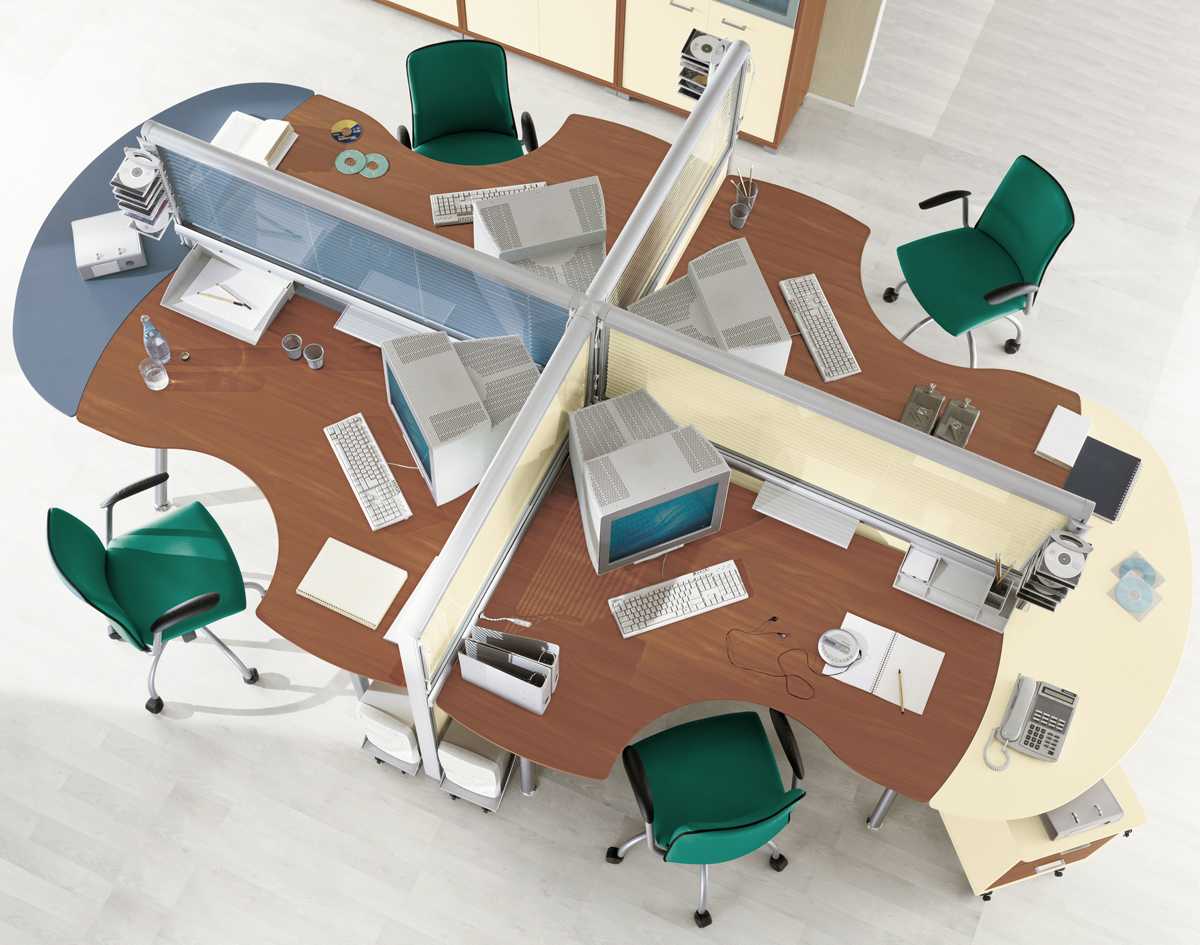
Title: Designing Productive Workspaces: Tips for Selecting Office Furniture and Planning the Layout
Introduction: Office furniture design and layout play a critical role in shaping the work environment, productivity levels and employee well-being. By carefully selecting office furniture and planning the workspace layout, businesses can create an environment that promotes employee productivity, collaboration, and satisfaction. This guide provides valuable tips on choosing office furniture and planning the layout to optimize your workspace for success.
Tips for choosing office furniture:
-
Prioritize comfort and ergonomics:
- Choose ergonomic office furniture that supports good posture, reduces stress on the body, and increases comfort during long workdays.
- Ergonomic chairs with adjustable features such as lumbar support, armrests and seat height promote better spinal alignment and reduce the risk of musculoskeletal problems.
-
Consider functionality and flexibility:
- Choose office furniture that serves multiple functions and adapts to the changing needs of your workspace.
- Modular furniture systems, adjustable desks and mobile storage solutions provide the flexibility to customize your workspace to meet changing work demands and team dynamics.
-
Reflects the company culture and the brand’s corporate identity:
{thirty} - Choose office furniture that reflects the company's values, culture and brand identity, creating a cohesive and conducive work environment.
- Use colors, materials, and design elements that resonate with the company's aesthetic and reinforce its brand image.
-
Optimize Space Usage:
- Make the most of your space by choosing office furniture that effectively fits into your existing space and optimizes your workflow.
- Consider space-saving furniture solutions such as adjustable-height tables, stackable chairs and wall-mounted storage to maximize space and minimize clutter.
Layout Planning Tips:
-
Encourage collaboration:
- Design your workspace layout to encourage collaboration, communication, and teamwork among employees.
- Create designated collaboration areas with shared desks, comfortable chairs, and whiteboards to facilitate brainstorming and group discussions.
-
Ensure confidentiality and main activities:
- Balance an open concept layout with dedicated areas for privacy, concentration and individual work tasks.
- Create separate offices, quiet areas, or soundproof cubicles where employees can focus on tasks that require concentration without distractions.
-
Promote natural light and biophilic design:
- Arrange workstations and furniture to maximize natural light and views of the outdoors, promoting employee well-being and productivity.
- Integrate biophilic design elements such as indoor plants, natural materials and greenery to create a connection to nature and enhance the overall work environment.
-
Increasing accessibility and mobility:
- Design a layout to improve accessibility and mobility for all employees, including those with disabilities or limited mobility.
- Ensure that walkways, aisles and work areas are spacious and clear of obstructions to accommodate wheelchair users and facilitate movement around the work area.
Bottom Line: Effectively selecting office furniture and planning the layout are important elements in creating a productive, collaborative, employee-centered work environment. By prioritizing comfort, functionality and flexibility when selecting office furniture, and incorporating the principles of collaboration, privacy and accessibility into layout planning, businesses can create a workspace that promotes productivity, creativity and employee well-being. By investing in thoughtful design and strategic planning, businesses can unleash the full potential of their employees and thrive in today's dynamic work environment.






